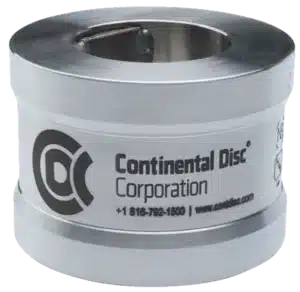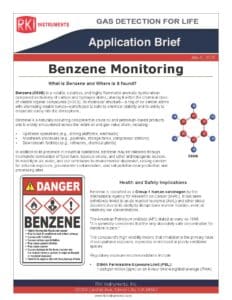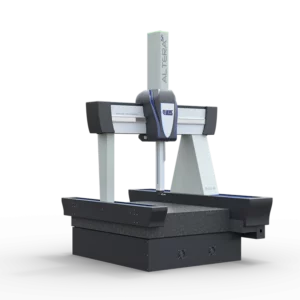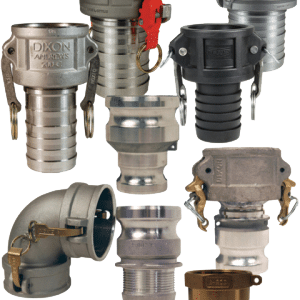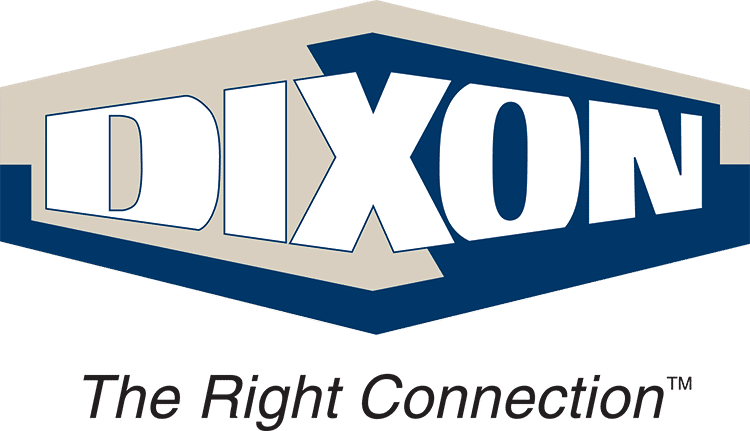Official Obsolescence of One of the World’s Most Robust Controllers
The following statement appears verbatim on the
Rockwell Automation website:
Rockwell Automation announces that as of June 2017, the PLC-5® Control System will be discontinued and no longer available for sale.
Of course, no one was surprised by this announcement, but it still doesn’t change the fact that so many
Allen Bradley PLC-5s are still in operation in the United States. The
PLC-5 has proven to be an extremely robust and durable controller for the past 30 years (the
PLC-5 was introduced in 1986), and many plants have never seen the need to migrate to a different platform since the initial installation.
The thought process is pretty understandable. The
PLC-5 has been running all these years and may have never given you any trouble. It may keep running for another 30 years for all anyone knows. Only time will tell.
However, forward-thinking engineers and managers have to accept now that Rockwell has put an end of life on the product, the replacement parts and support for the
PLC-5 will be harder to obtain.
Given that the PLC-5 controls so many vital manufacturing processes across the county, it is smart business to start thinking about how to avoid the risk of a PLC-5 failure and what it would mean for your company.
What To Think About If You Still Run PLC-5s
In my years of surveying manufacturing plants, I have seen many common
PLC-5 installation scenarios. Many plants have OEM machinery installed with the
PLC-5 operating as a complete standalone system that nobody ever has to maintain. Other installations may have several remote I/O racks and a single
PLC-5 processor operating a large manufacturing or process line.
The question that should be on your mind is “what would the financial impact be if the PLC-5 processor stopped operating and I couldn’t locate a spare in my storeroom or online?” A scheduled upgrade can take several months depending on the level of I/O replacement and software integration with a new HMI, so this is a question that deserves careful consideration. Here are a few others:
- If the processor fails, can we run the process manually to meet our production obligations?
- Are we putting future or current supply contracts at risk because of our inability to run the process automatically in the event of a failure?
- Are there going to be product quality concerns?
- Are we going to be subject to chargebacks if we have to run the process manually?
If the answer to any of these questions is ‘yes’, I suggest you try to put a dollar figure on the potential loss of income to start the upgrade justification process. Once this is spelled out in real dollars, it tends to make an upgrade justification more palatable to executives in your operation.
Migration Considerations for the PLC-5
Once the financial impact of a potential PLC downtime scenario has been evaluated, the recommended solution for a migration depends on these factors:
- Can your site handle several days of downtime for a full ‘rip and replace’ upgrade?
- Would a phased migration approach be more appropriate where you start with a controller upgrade and initially leave the existing I/O in place?
- Do you need to spread the cost of an upgrade over a period of several years?
- Have you identified the greatest risks in the existing system? (For example, it could be the HMI if you are on a very old DOS-based platform.)
The
Rockwell ControlLogix PLC was originally envisioned as a communications hub for the
PLC-5 and
SLC-500 PLCs in the early 1990s until someone decided it would make a pretty good controller. Luckily, the
ControlLogix has proven to be a very robust and versatile controller and upgrading to it from the
PLC-5 is a fairly straightforward process.
When it comes to the actual upgrade, you have the option of replacing the old
PLC-5 entirely or you can approach it as a phased migration where you upgrade the processor and HMI first, then the remote I/O racks in the rest of the plant. That phased approach has the advantage of easily switching between the old and new processor and HMI hardware. Once the new hardware is mounted, powered, and programmed (in isolation from the process), the I/O can be moved to it in just a few minutes, allowing for a trial run of the new system. If it is successful, production can recommence on the new processor and HMI. If not, the old
PLC-5processor and HMI can be put back into service in just a few minutes, and the problem sections of the new configuration addressed and simulated before the next attempt.
I should mention that this is often a good time to perform a
Front End Engineering Designstudy (
FEED) to determine the current state of your system, identify risks, and create a migration strategy suitable for your facility. A
FEED study also aids in estimating the hardware and integration costs necessary to complete the project. Electrical contracting work and other disciplines can be folded into the study as well to generate a complete estimate. The benefit here is that nobody has to make a guess at the cost of the upgrade, and the phases are clearly delineated in the study along with timelines and milestone dates.
How to Upgrade and Best Practices
A typical
PLC-5 upgrade can start with the import of an existing
PLC-5 program into the
ControlLogix development software. There is a conversion tool for this process, but it usually requires some cleanup of the code and I/O reassignment.
Some of this is trivial, but depending on the size of the system, it could take some time and a structured approach is highly recommended.
The import tool will add extraneous logic that really isn’t needed and can cause confusion for technicians who are trying to troubleshoot the PLC code. Some of this comes from the conversion of the older octal-based I/O addressing to the current decimal-based I/O addressing in the
ControlLogix PLC. The programmer must manually reconnect the I/O in the system anyway, so removing octal alias references is a best practice, since dead code is undesirable in a control system.
Another option is to completely rewrite the
PLC-5 program from scratch and utilize newer programming methods such as function blocks. A hybrid approach is often used in which
PLC-5 logic is imported into
Logix5000, then recurring sections of code are replaced by function blocks.
The change from
PLC-5’s 16-bit architecture to
Logix5000’s 32-bit sometimes breaks the more complex
PLC-5 code, especially if it uses indirect addressing and/or array functions. These must be analyzed and modified to work properly in the new system.
I generally don’t recommend making an exact clone of the PLC code since there are so many advantages available in newer controllers. If time permits, it would be advisable to see if rewriting some of the logic in function blocks or handling some of the routines with newer functions would make sense.
This is probably the only opportunity you will have to make major changes before the new PLC has to be operational, so it’s probably worth a look.
Consider Using an Integrator
If you are considering a PLC upgrade or migration, it may be worth it to enlist the help of an integrator or engineering firm who has experience in this process. Look for someone who can create a
FEED study or migration specification that will analyze where you are, where you want to go, and how to get there.
At the conclusion of such an exercise, you should have a good estimate of the time required for the migration, an analysis of the high-risk items in the existing system, the cost of the new hardware and software, and integration services required. You will probably want an integrator to run a full simulation on the new hardware during a
Software Factory Acceptance Test to minimize surprises during the changeover.
When I first started working on control system migrations, I felt that it was a very daunting exercise. But with proper preparation up front and analysis, I came to find that the whole process can go very smoothly and it is definitely beneficial to the organization.



